Episode 18 takes us to a new realm entirely, away from the paths covered during the former 17 episodes of season 3. Is it still Twin Peaks? It is, of course – but a Twin Peaks of a different kind, closer perhaps to Mark Frost’s The Secret History of Twin Peaks than to the first two seasons or the film. It’s a Twin Peaks from a parallel dimension, hybridized with elements from other universes – especially, among other influences, the work of Kenneth Anger.
The links between Lynch and Anger predate this episode, of course. One only needs to think of the the latter director’s film Scorpio Rising and its use of the song Blue Velvet to be convinced of this artistic connection. This film is about the myth of the American motorcyclist. Interestingly, Lynch recently declared: “I’m not a film buff, I don’t watch too much stuff, except lately I’ve been watching the news, and some Velocity channel, which is a car channel” (interview for Deadline, May 2017). Cars and motorbikes as a prefiguration of the coming Apocalypse…
One Kenneth Anger film in particular seems to have a lot in common with the Twin Peaks finale: Inauguration of the Pleasure Dome (1954). The film is based on Samuel Coleridge’s poem Kubla Khan. It follows a party that, in its depiction of mind-altering substances and group sexual behaviours, is not unlike the one that takes place at “the Parsonage” in Mark Frost’s The Secret History of Twin Peaks. The Parsonage was Jack Parsons’ mansion in Los Angeles. Parson was a chemist who was instrumental in the development of rocket fuel science. He produced “alchemical elixirs” and was a member of the English mystic Aleister Crowley‘s church/coven “Thelema“.
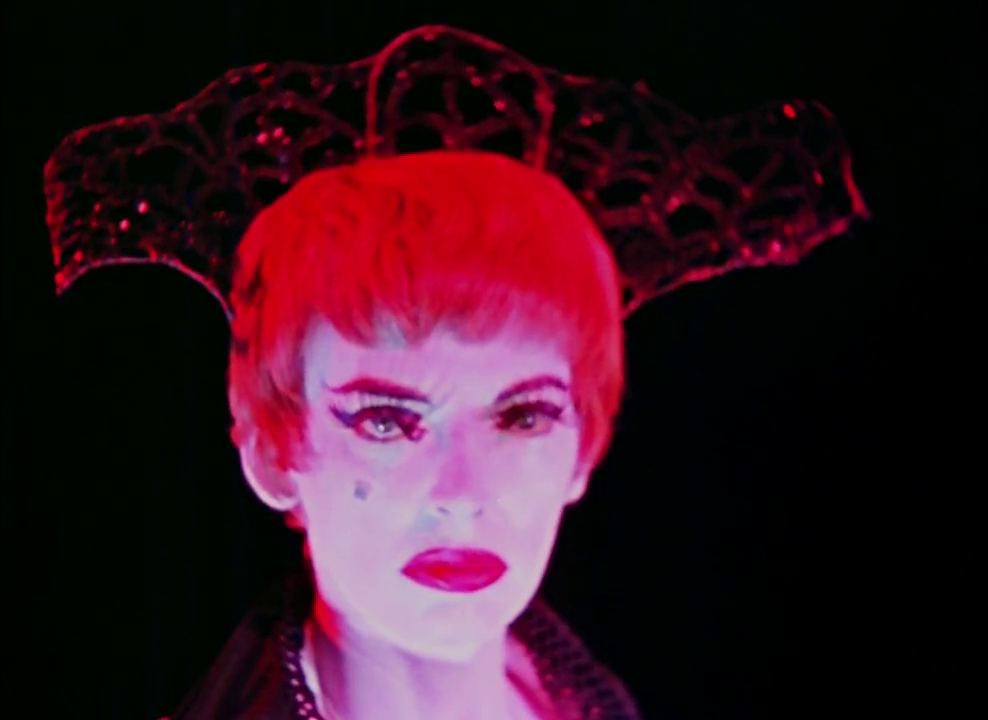
In the film, Shiva adopts different forms to receive the guests invited at the party (various deities, from Aphrodite of Red Room interest, to Astarte and Pan) and gradually induces the loss of individual identities as characters blend into each other via a series of superimpositions. Adorned with alchemical symbols, the films leads to the absorption by Shiva of the essence of his guests by being superimposed over them. In her introduction to episode 8 (1993), the Log Lady once said: “In a dream, are all the characters really you? Different aspects of you?”.
When it was revealed in episode 17 that Naido was really Diane in disguise, she came back from the Red Room with a scarlet wig (whereas, until then, her tulpa had been wearing a silvery white one).
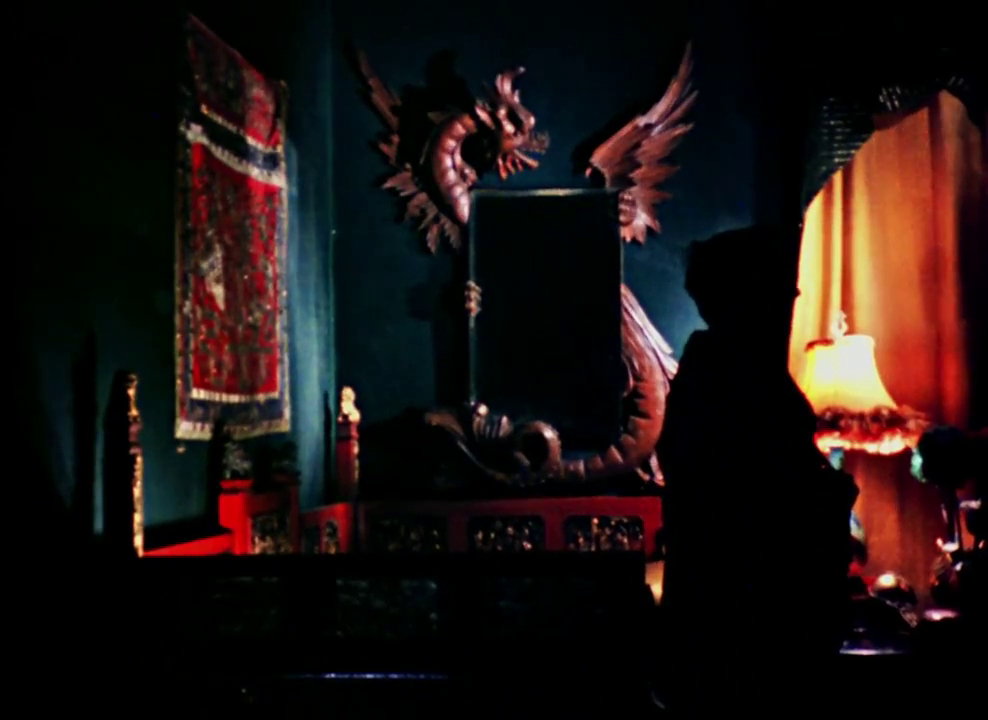
Diane’s red wig is a direct reference to Marjorie Cameron, Jack Parsons red haired second wife, used by Anger in the forementioned film to portray his Scarlet Woman (Babalon, the Whore of Babylon – “the Mother of Abominations”). Marjorie also appears in Mark Frost’s book, as well as Babalon and the various rituals surrounding them. Parsons believed her to be the “elemental” woman that he had invoked in the early stages of a series of sex magic rituals called the Babalon Working.
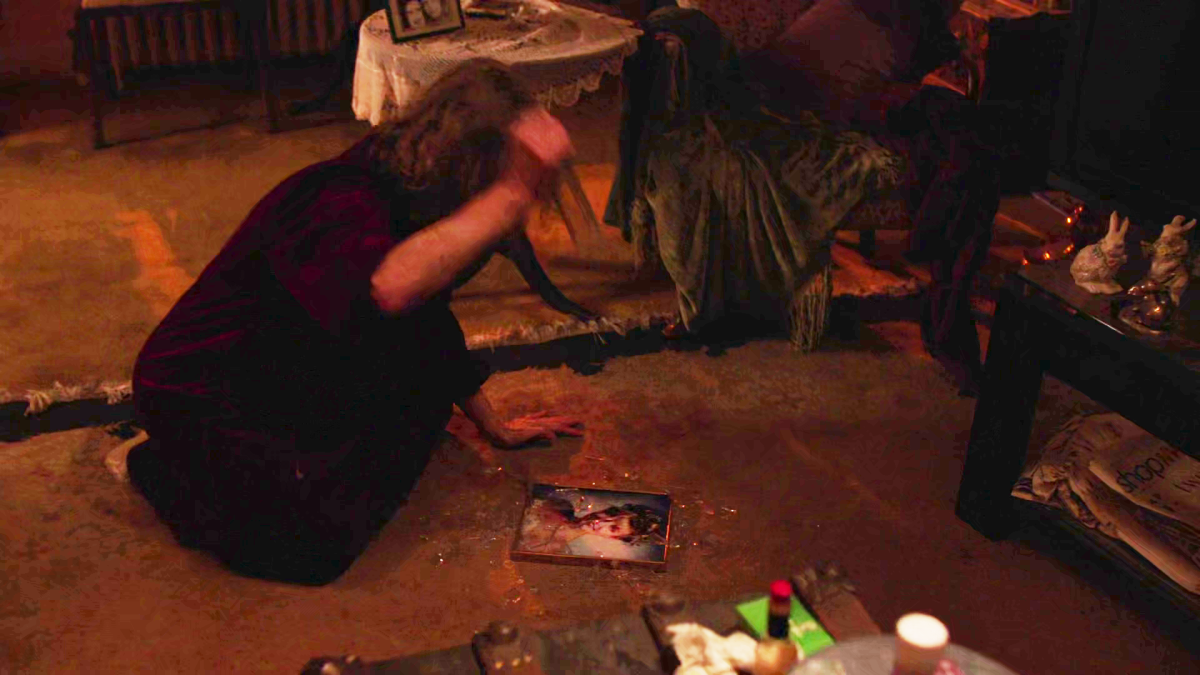
Here’s what we find in Frost’s book: “Parsons first began enacting his bizarre ‘Thelema’ rituals… those rituals were ‘an attempt to summon into human form the spirit of a figure central to the Thelema pantheon, the goddess Babalon… something that sounds like provoking the end of the world… it took two people to enact the ritual… An effort to open a second gate that they’d found in the desert in order to bring across an entity he called ‘the Moonchild‘”. Tamara Preston notes: “He seems to be suggesting that Parsons’s ritual somehow ‘opened a gate’ that resulted in aliens showing up in Roswell“.
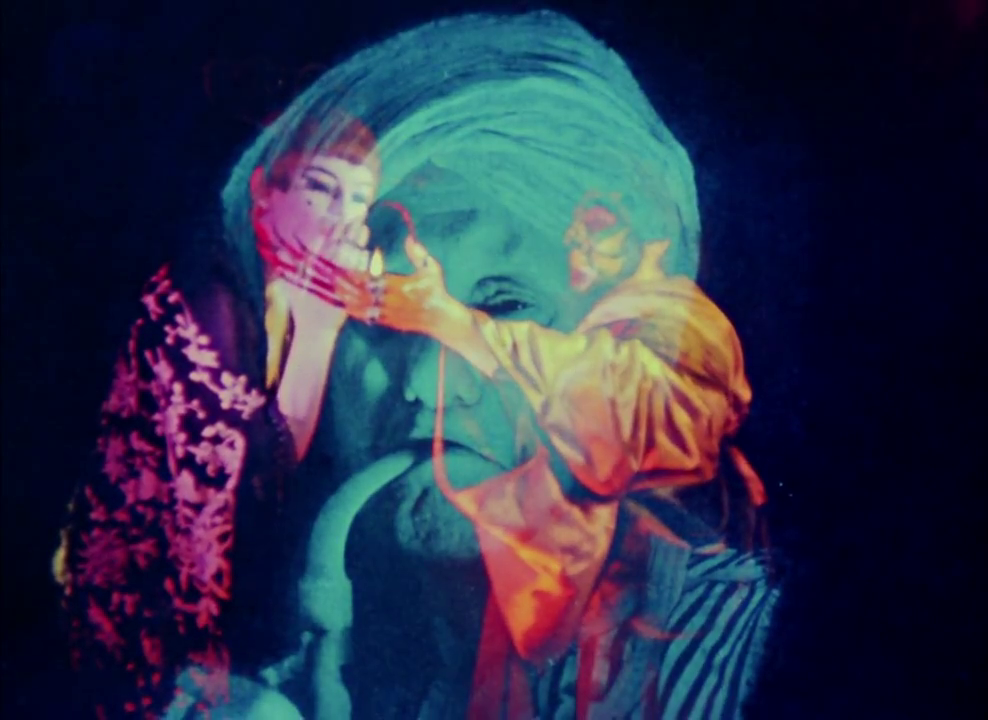
Whether all of this is linked to aliens from outer space or to Lemurians from the Hollow Earth, in line perhaps with the writings of Rampa, does not really matter. The important thing is that it appears to be possible, according to Parsons, to open up gates (Hell Gate?) to another level of reality by enacting magick rituals. Interestingly, Parsons declares in Frost’s book: “Without eros, or agape – love and sex, joined together – ‘will’ is nothing but hollow, patriarchal power without direction or force…”. After they met at the Parsonage, Parsons and Cameron actually took up the practice of sex magic designed to give birth to the Moonchild.
Why is all this important in relationship to episode 18?
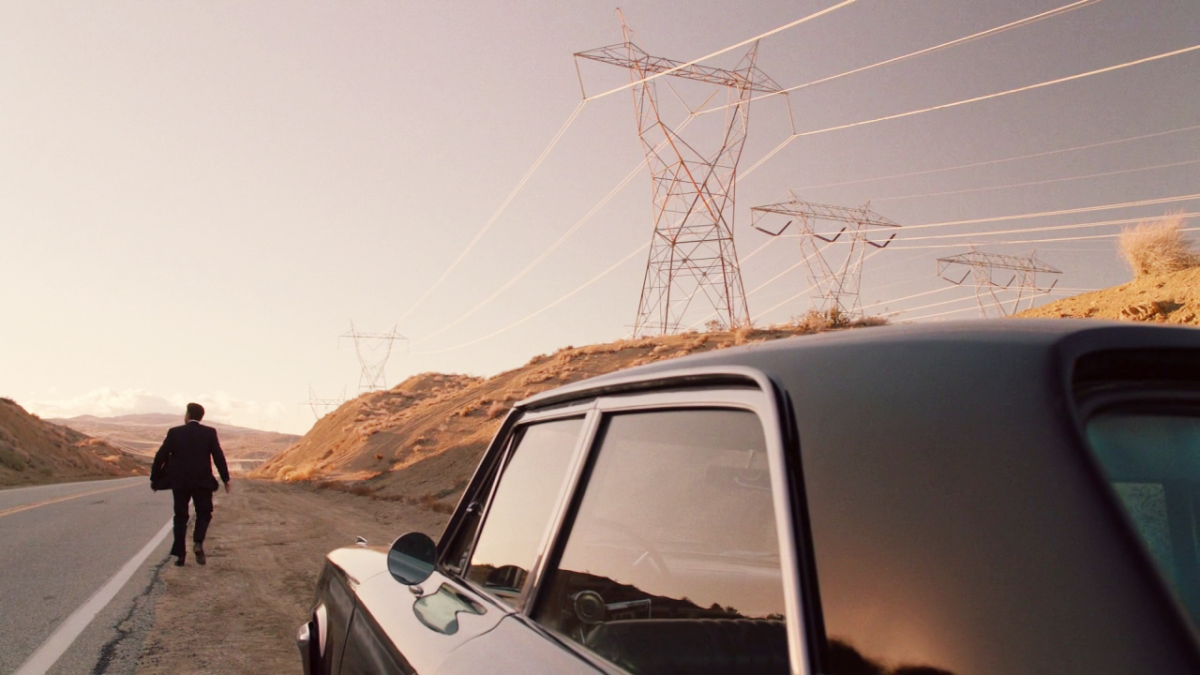
Diane’s red hair is no accident: it visually connects her to Marjorie Cameron / The Scarlet Woman / Babalon (and to Sarah Palmer). After she and Cooper cross over in their car to another dimension, through a breach created by the power of electricity, they stop at a motel where they have sex. Very different from the sex Dougie had with Janey-E, a few episodes back, this moment feels like the enactment of a ritual, with no joy, with closed faces. I believe this is really a moment of sex magick, a way to open a portal.
It is indeed followed by the sudden disappearance of Diane (who had seen her double before entering the motel – was she replaced by Babalon?) and the strange mix-up with their names and Richard & Linda. It also generated a sort of teleportation, the motel from which Cooper exists being different from the one they entered the night before (was it the night before, though?). It’s worth mentioning here that Richard Nixon, who plays a central role in The Secret History of Twin Peaks, was born in a town called Yorba Linda – could there be a link?
After Jack Parson’s death, a science fiction writer friend of his declared (in Mark Frost’s book): “Once a magician stands between two worlds, he’s in danger of not belonging to either one of them“.
Isn’t that what happens to Cooper at the end of episode 18?
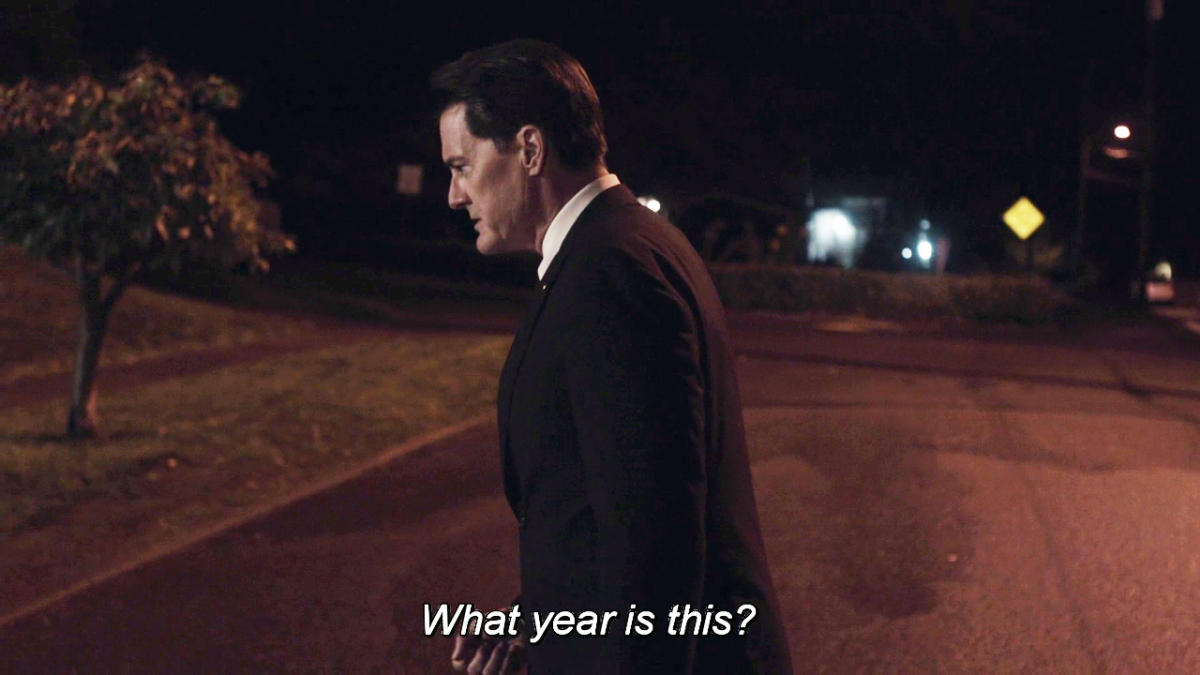
And when you’re trapped, what remains but the possibility to scream? Interestingly, according to a Singaporean friend of mine, this could be said in Chinese: Jao Déi…
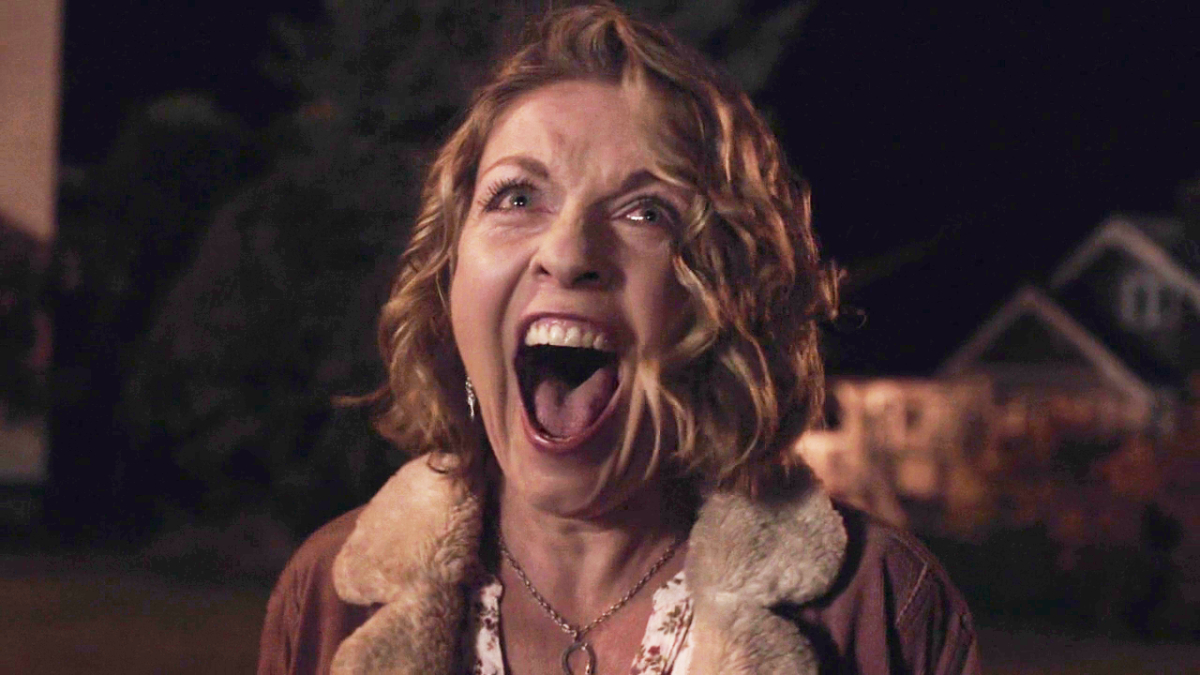
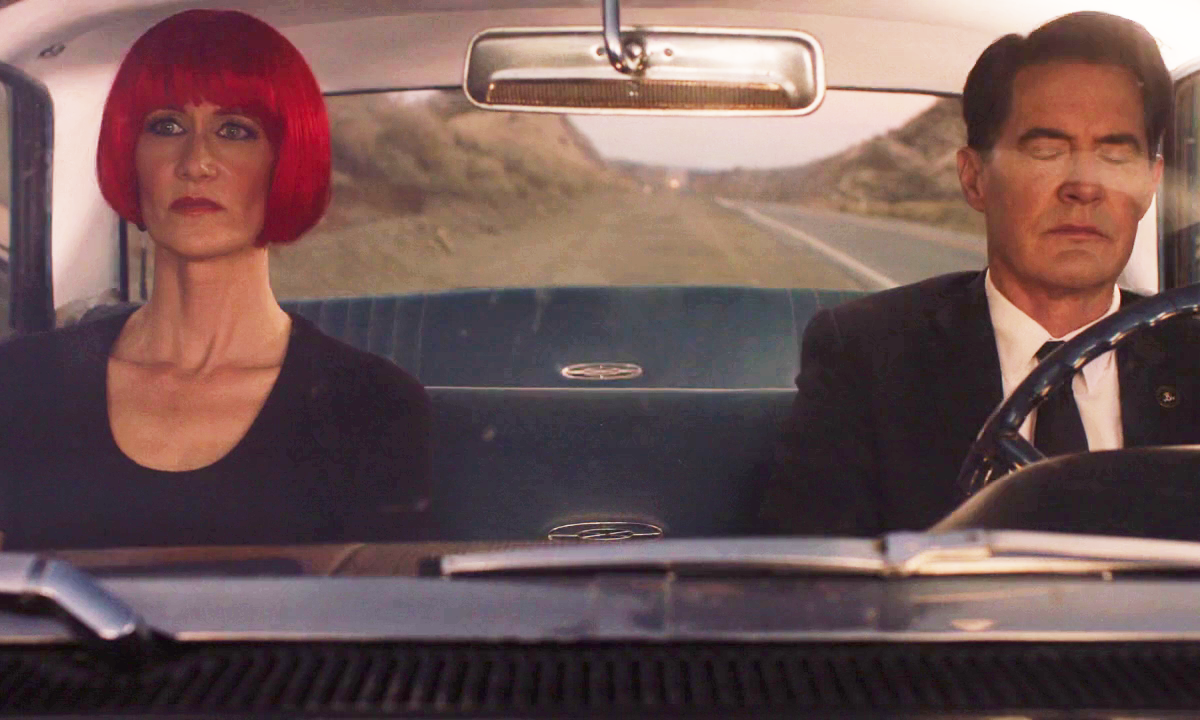







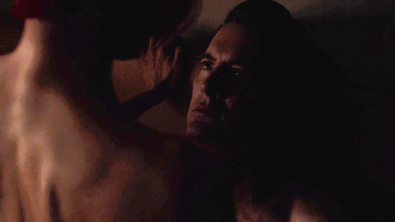



Very interesting take, thank you.
LikeLiked by 1 person
Thank you, Phil! 🙂
LikeLike
Kubla Kahn was actually written from a dream…….. with part of it missing
LikeLiked by 1 person
Superb analysis.
LikeLiked by 1 person
Thank you so much! 🙂
LikeLike
Thank you, Will! 🙂
LikeLike